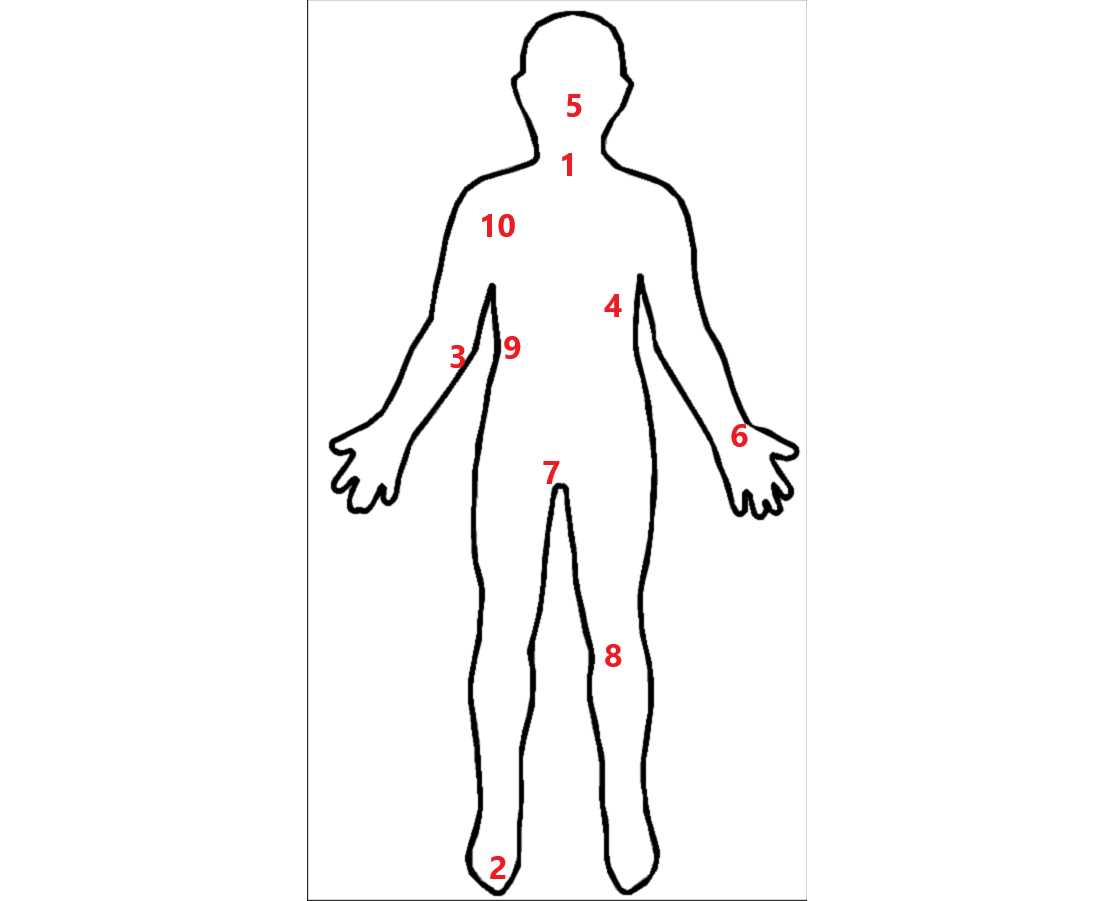
Labelling the Human Body Trivia Quiz
How well do you know the human body? I've labelled ten parts of the body with numbers, with a list of their names for you to correctly place. Will you be all fingers and thumbs or can you use your brains to find the right place?
A label quiz
by rossian.
Estimated time: 3 mins.
